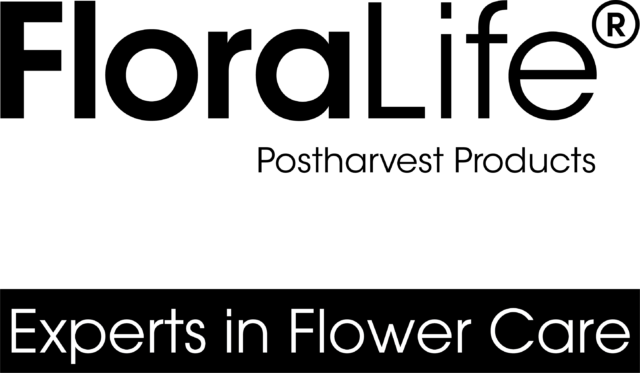Once a flower is harvested and removed from the mother plant for cut flower use, many physiological and biochemical changes are triggered within the cut flower that need to be carefully monitored and corrected for optimum quality and longevity. Three main areas of focus should be:
- Water Balance: Flowers continue to lose water through the stomates on leaves (especially at higher temperature and low humidity conditions). If the lost water is not replenished through the cut end of the stem, the water balance will be disturbed.
- Nutrient Balance: Due to the low light environment that cut flowers are exposed to after harvest, they make negligible amounts of food via photosynthesis. Therefore, the food needed for proper functioning of cut flower should be supplied externally.
- Hormone Balance: Hormones are essential signal molecules needed for maintaining proper functioning of plants. Once the flower is harvested, the sources of hormones to the flower are lost. Also, the stress due to the cut accelerates hormone imbalance. Correcting these imbalances is necessary for maintaining the quality.
Water Balance in Cut Flowers
The negative water balance (more water loss than water uptake) causes wilting of leaves and flowers, bent neck, improper opening, and ultimate death of flower due to lack of water. Lowering the loss of water from the cut flower and maintaining continuous water uptake into the flower are key aspects for maintaining positive water balance. Low temperatures and higher humidity surrounding the flowers reduce the speed of “transpiration” by which the water is escaped from the plant. On the other hand, the uptake of water and delivery to flower can be maintained by unclogged, clean ends of the stem where the water conducting vessels within the stem (xylems) have unobstructed path for carrying water into the leaves and flowers.
How to Maintain Proper Water Balance in Cut Flowers
- Store flowers under proper environmental conditions (e.g. low temperature, high humidity).
- Proper use of packaging and liners to reduce moisture loss.
- Hydration and rehydration of flowers (at farm before transportation, after dry storage and into vase) using commercially formulated hydration products and flower food that facilitate optimum water uptake.
Commercially Available Hydration Products and Technologies
- Instant Hydration facilitators e.g. FloraLife® Quick Dip.
- Standard hydration products e.g. FloraLife® Hydraflor 100, FloraLife® Express Clear 100.
- FloraLife® Express Technology improves the hydration process in cut flowers.
The graph below shows the solution uptake over time with water, a commercial hydration product, and flower food.


*Product availability depends upon geographical region. Check https://floralife.com/products/#product_grid for more information.


